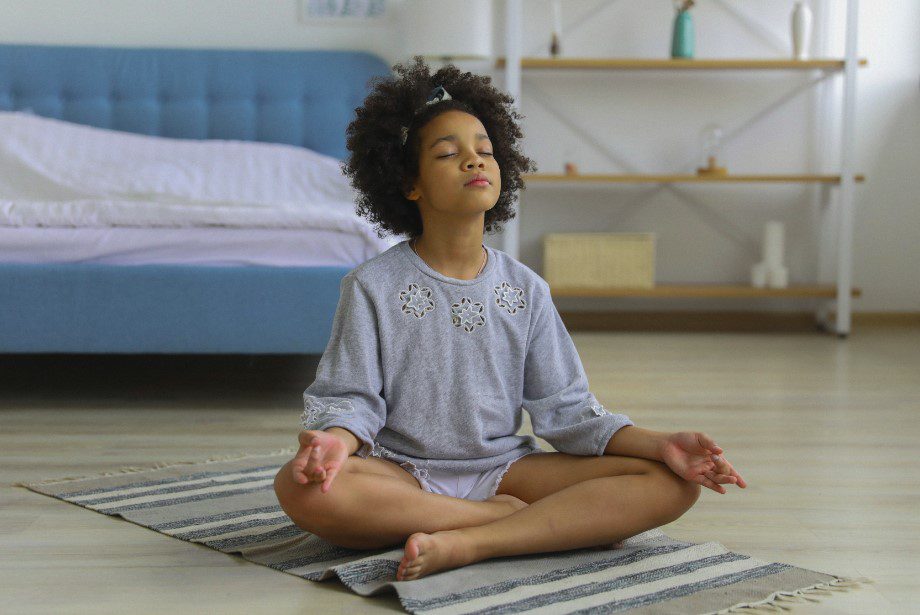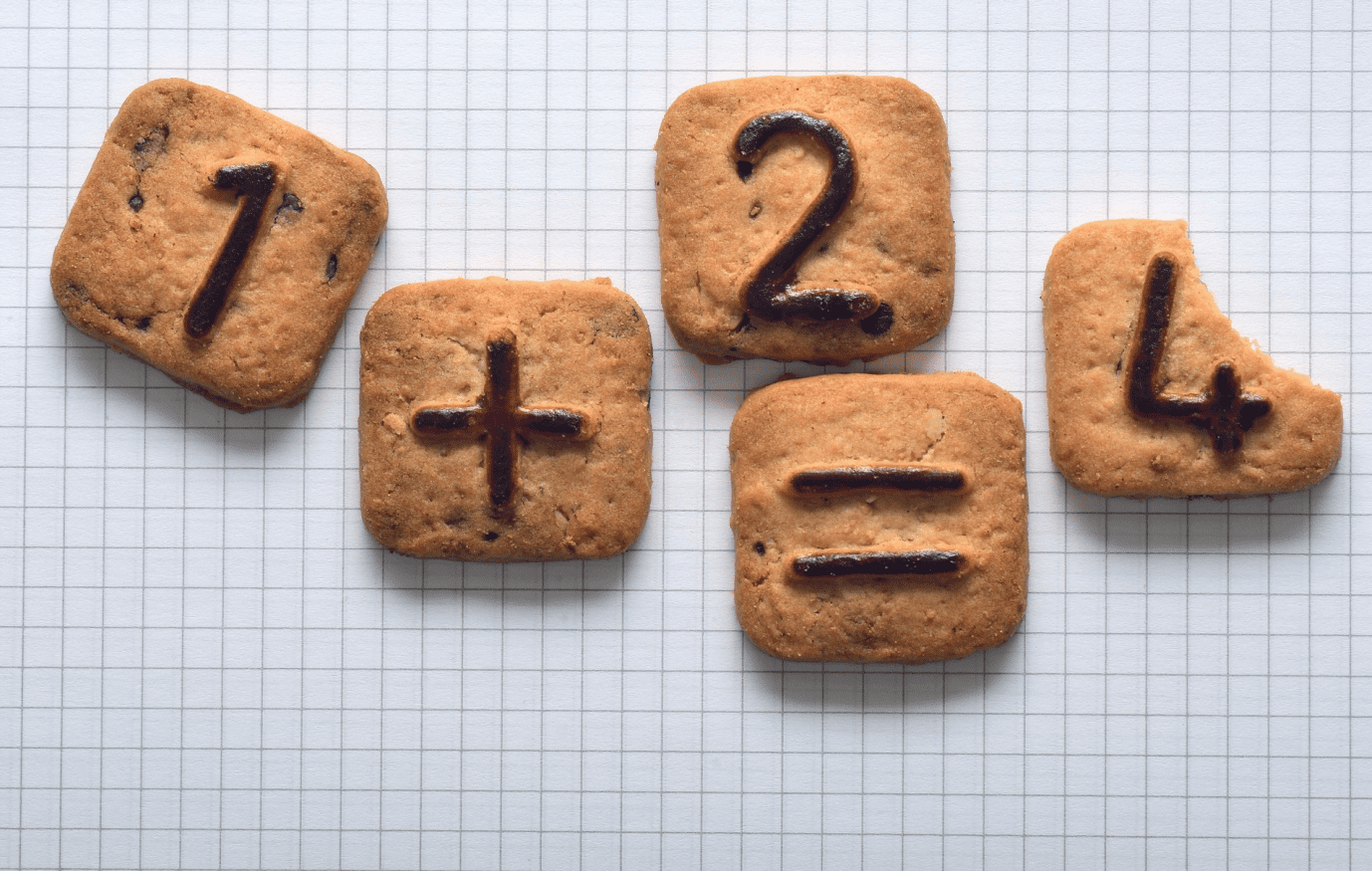Flexible thinking describes the higher-order mental abilities in all of us to shift our thinking in response to expected and unexpected life challenges.
It also describes our mental readiness to draw on past experiences, tweak our options, and use more than only one solution to solve problems.
In children, mental flexibility projects positivity, because they learn to manage challenges without fear, confusion, and panic. It actually facilitates the rejection of mental rigidity because it teaches them to think outside the box.
This is how IGI Global defines flexible thinking in a learning environment:
A critical thinking process that is exhibited when the learner remains open to multiple possibilities, ideas, or hypothesis, particularly early during a critical thinking problem when information and evidence is being gathered. Also exhibited when learners incorporate the thinking of others into their own during collaborative critical thinking activities.
IGI Global
Flexible thinking is an important mental skill in the 21st century because of its role in countering the effects of globalism, cultural mashups, and advancements in technology.
Beacuse of them, there are new ideas creeping up every day, emerging gadgets littered everywhere, and new opportunities all around us, all of which require growing up kids to rewire their thinking accordingly.
Call it Plan B if you may, or the mental skill to move goalposts when situations demand.
Flexible thinking and other mental skills
Cognitive flexibility is only one of the three branches of mental skills, collectively known as executive functioning skills. The other two are self-control and working memory.
The three are important higher-level mental skills necessary for managing, recalling, and controlling everyday tasks, actions, behavior, and emotions.
Children are not born with these skills, but rather, they learn them during childhood and continue to do so as they age.
The experiences they go through in the environment and what they learn from parents, educators, and the community shape the development of executive function skills.
How to shape flexible thinking in children

Here is something to think about:
Have you been asked a question in a group setting and were lost for words because you did not have the right answer? Well, it happens to all of us.
What actually matters is how we respond. The answer we give reflects our mental maturity and flexibility in thinking.
Consider what would happen if your child was asked a similar question! What would she do? Would she panic and run away or think positively and confront the challenge at hand?
Food for thought I guess!
Approaches to perfecting cognitive flexibility are usually based on practice. What happens is that parents and teachers experiment with scaffolding strategies to maximize the potential of the brain.
Children are then allowed to solve problems on their own, and are only given supportive clues when they fail.
Learning to have an open mind at home starts when parents provide opportunities in varying activities and games. For example,
- Teaching them to use past experiences to solve new challenges.
- Letting them create new ideas for recipes, mealtimes, playtime, outings, etc.
- Taking them outdoors to stimulate the four senses while shifting focus and attention.
- Encouraging unstructured playtime to make them think differently.
- Trying out marshmallow tests to let them shift focus and think differently.
- Allowing them to play video games with unique obstacles, puzzles, such as Finger Physics, The Equator, Prickles, etc.
- Challenging them to suggest alternatives to items that are missing in recipes, word games, outdoor activities.
At school, children can be tasked to shift their thinking in many ways:
- Paying attention to what they are thinking
- Thinking flexibly about letters in order to grasp their different sounds.
- Solving mental tasks on their own.
- Writing sentences in varying ways to project seriousness, formality, confidence, fun, etc.
- Understanding tasks/problems can be solved in more ways than one.
- Using more than one concept to solve multiple challenges.
- Participating in logic games such as Minesweeper, Sudoku, Chess, Connect the Dots, etc.
- Partipating in quizzes based on school subjects and general information.
- Presenting arguments for one side of a debate, and later challenged to switch roles and argue against their first views.
- Using visual and other forms of creative arts to have them observe and analyze items and the world differently.
- Participating in activities such as role-play, dancing, a new language, etc.
- Reading widely including books by Amelia Bedelia and others that play with words.
- Learning and using idioms and other creative phrases.
- Exyensive and freestyle wring.
To cite an example, a child with a flexible mentality will not mind switching seats in the classroom in the event that another child takes his.
Elsewhere, Tom will see a welcome opportunity to mend fences when asked by the teacher to pair with Jerry whom he dislikes. He will not yell or become angry as is usually the case.
In the example of the modern-day teacher, her luck may run out or not, when she enters the classroom only to discover she forgot the teaching notes at home. Typically, she may choose to dash back home, give flimsy excuses, or abandon the lesson completely.
On a positive note, she may access her notes online – that is if she ever bothered to have them saved in the cloud. She may also come up with a related topic of discussion she has been thinking of doing for a while.
Better still, she may choose to take her learners outdoors for a practical and creative escapade based on the topic at hand.
Your child has a flexible mind when she exhibits the following:
- Has an open mind and therefore receptive to new challenges and choices
- Tolerates new ideas
- Thinks differently
- Embraces creativity and risk-taking in problem-solving
- Learns from past experiences
Studies have shown that higher levels of cognitive flexibility lead to better reading abilities in children, resilience in adults, and of course, a better quality of life in advanced years.
Varying other activities and games will also facilitate the release of the four happy chemicals: serotonin, oxytocin, dopamine, and endorphins in the brain. These hormones will make children feel happy and dispel anxiety, and certainly embrace the concept of change.
The last word
Mental flexibility projects positivity in children and allows them to manage life changes without fear, confusion, and panic. It actually facilitates the rejection of mental rigidity because it teaches them to think outside the box.
It is, however, not bad when children make mistakes in the process of learning cognitive flexibility. They should and will make mistakes along the way, but should not be subject to negative judgment. Positive responses will stimulate the learning curve, just like time and practice.
To make their tasks easier, learning and tasks should be broken down into smaller chunks. Parents and teachers should also refine the learning experiments continually.
Elsewhere, complications such as autism, depression, ADHD, dyslexia, and anxiety disorders can also impair the development of cognitive flexibility. These should be addressed appropriately by medical professionals.





Leave a Reply